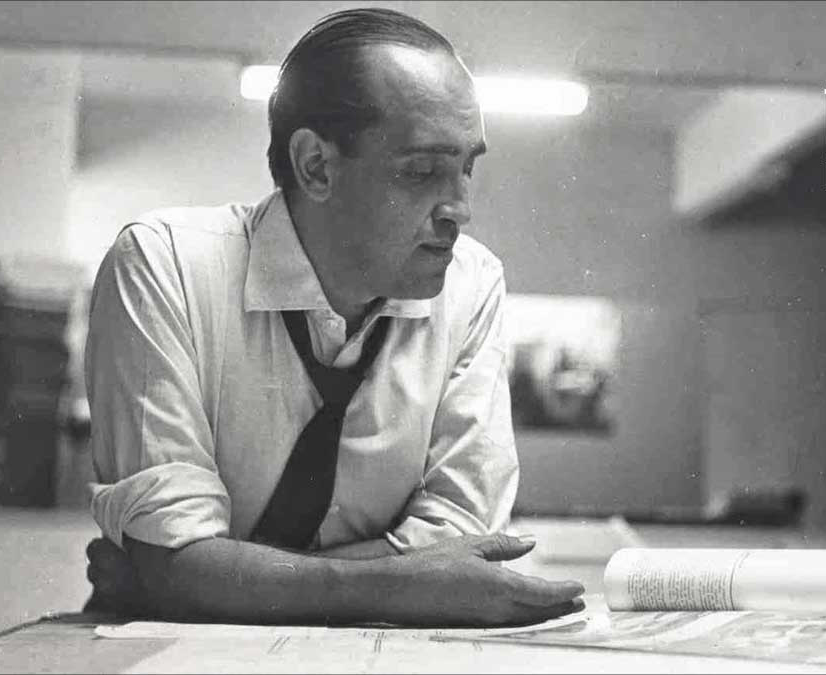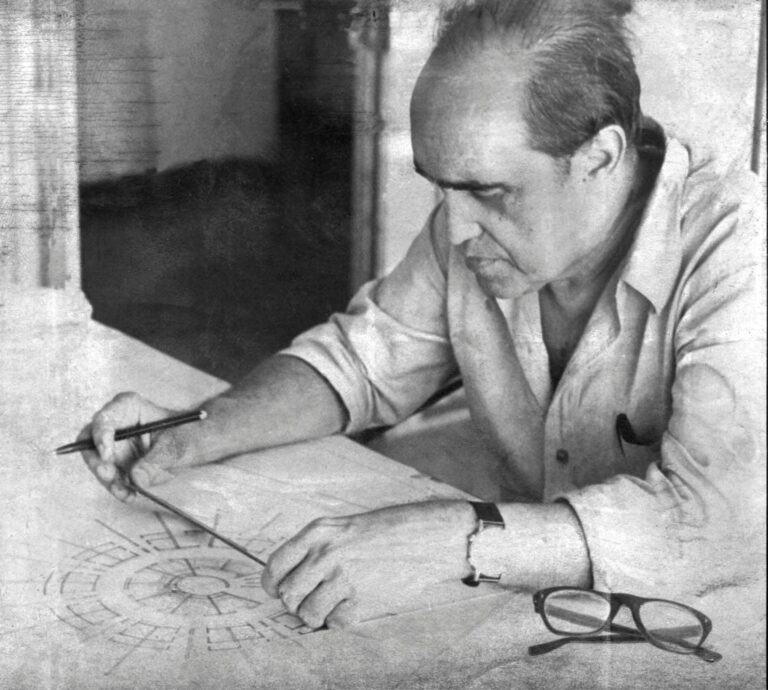
Oscar Niemeyer (1907–2012) was one of the most influential architects of the 20th century and a pioneer of modern architecture in Latin America. Known for his poetic curves, sculptural forms, and innovative use of concrete, he gave modern architecture a new dimension. His work on the masterplan and buildings of Brasília, Brazil’s capital, remains a lasting legacy.
Early Life and Education
Niemeyer was born in Rio de Janeiro and studied at the National School of Fine Arts. He developed an early interest in fluid, organic forms and was heavily influenced by Le Corbusier, with whom he later collaborated closely.
Architectural Style and Philosophy
Unlike many modernist architects who embraced rigid lines and sharp angles, Niemeyer was drawn to curves and sensual forms. He saw architecture not just as a functional discipline, but as an art form capable of evoking emotion and inspiration.
Key characteristics of his style include:
Extensive use of reinforced concrete
Fluid, poetic, and curved forms
Integration of architecture with natural surroundings
Emphasis on beauty, emotion, and spatial experience
Major Works
Cathedral of Brasília – A unique radial structure with sweeping curved columns
National Congress of Brazil – A blend of curves and straight lines symbolizing modernity in harmony with nature
Ibirapuera Park in São Paulo – A cultural complex with floating roofs and organic architecture
University of Science and Technology, Algiers – A notable project outside Brazil, showcasing his signature curvilinear style
Legacy and Influence
Niemeyer infused modern architecture with poetic and humanistic qualities. He demonstrated that curves could be functional, expressive, and deeply connected to the landscape. His influence remains particularly strong across Latin America.
Conclusion
Oscar Niemeyer saw architecture as more than just function—it was an art form that could uplift, inspire, and connect people to the environment. His lasting contribution to modern architecture continues to inspire generations of architects around the world.


No comments yet.